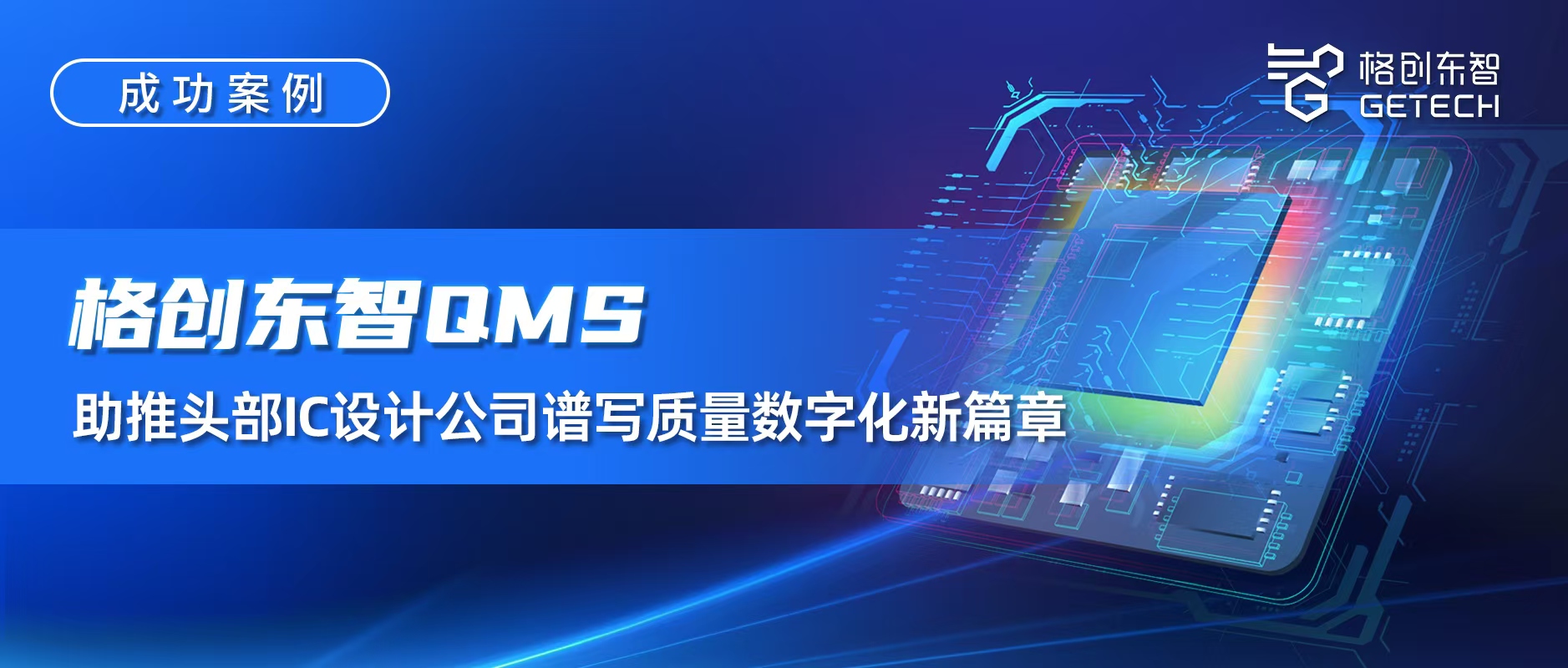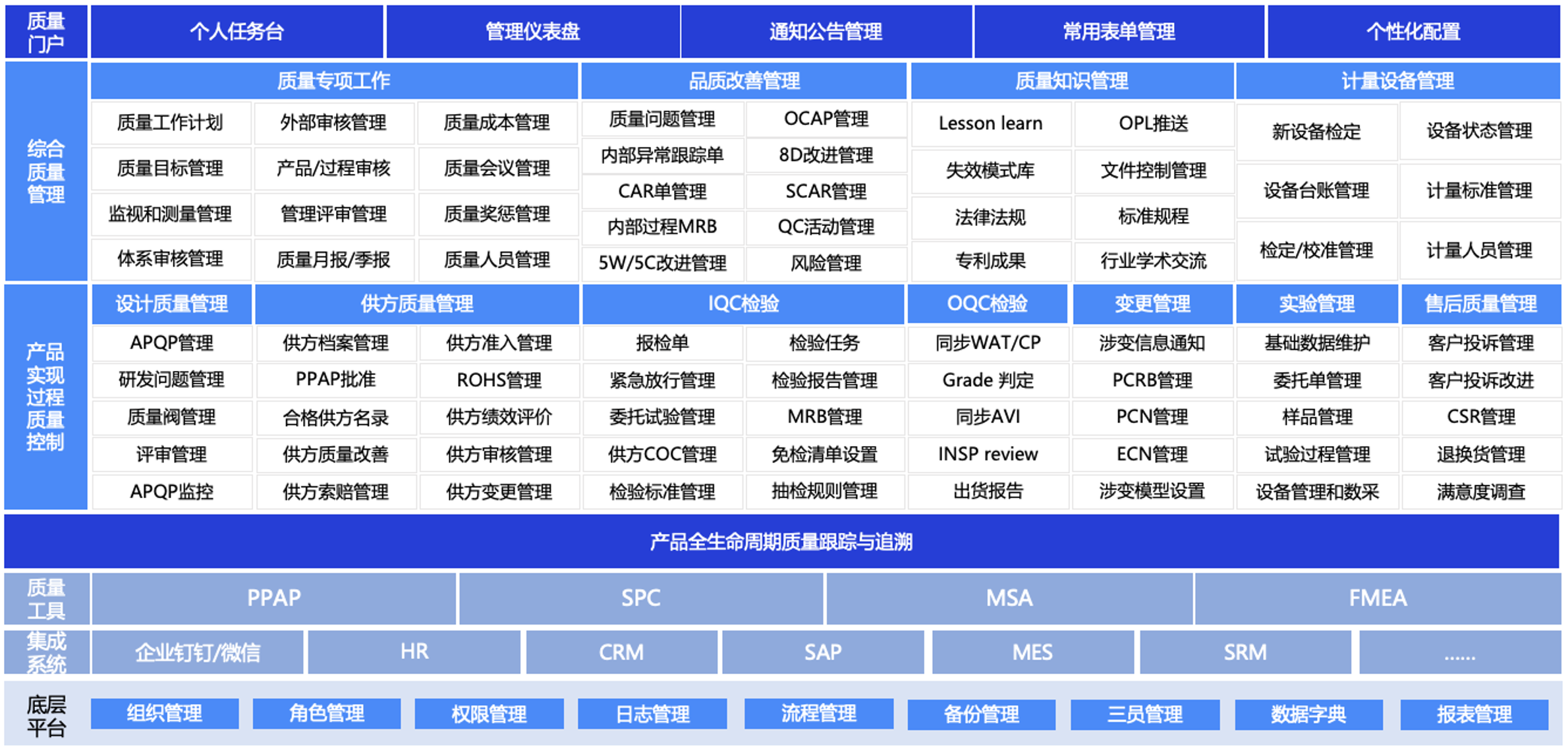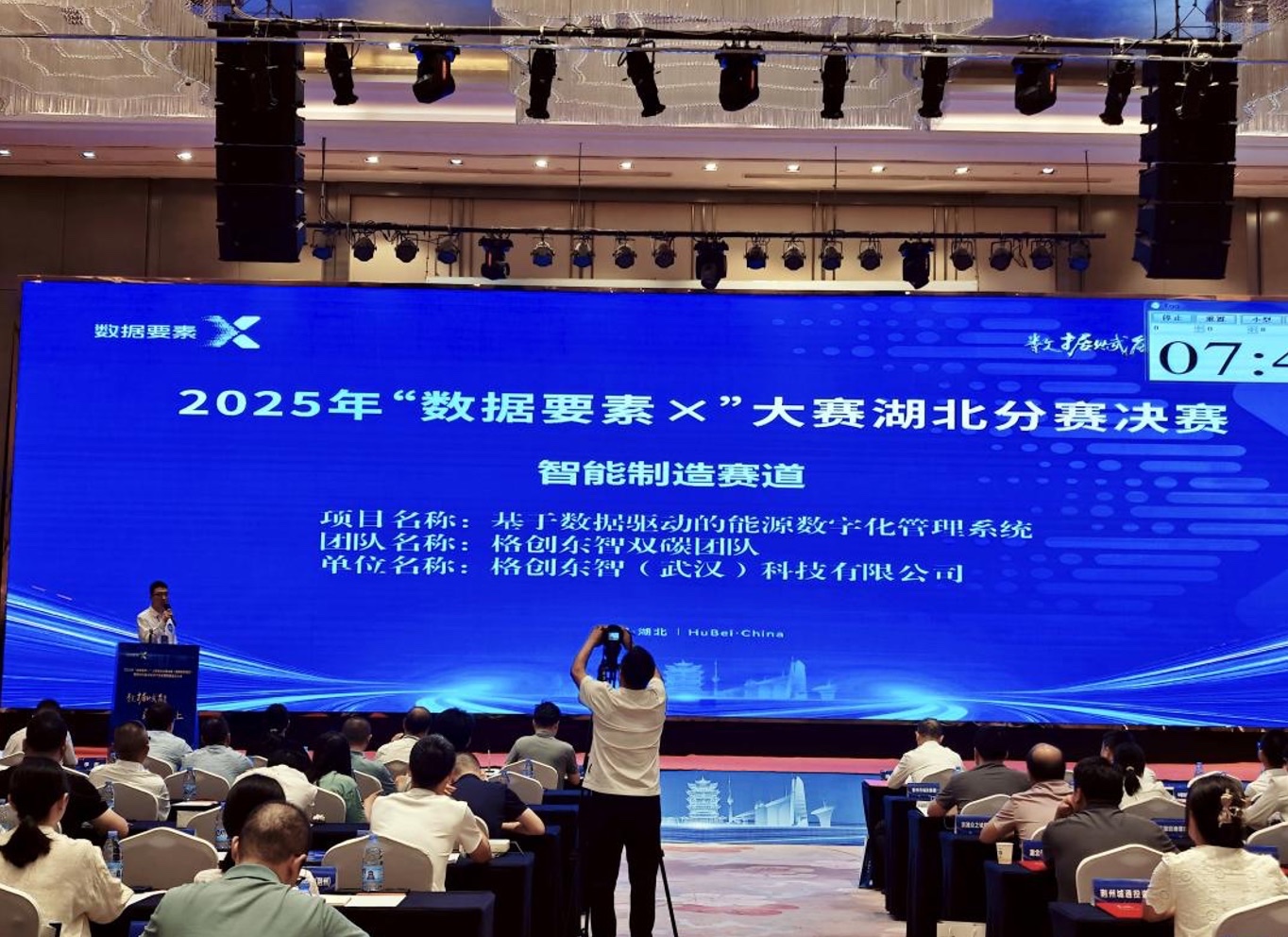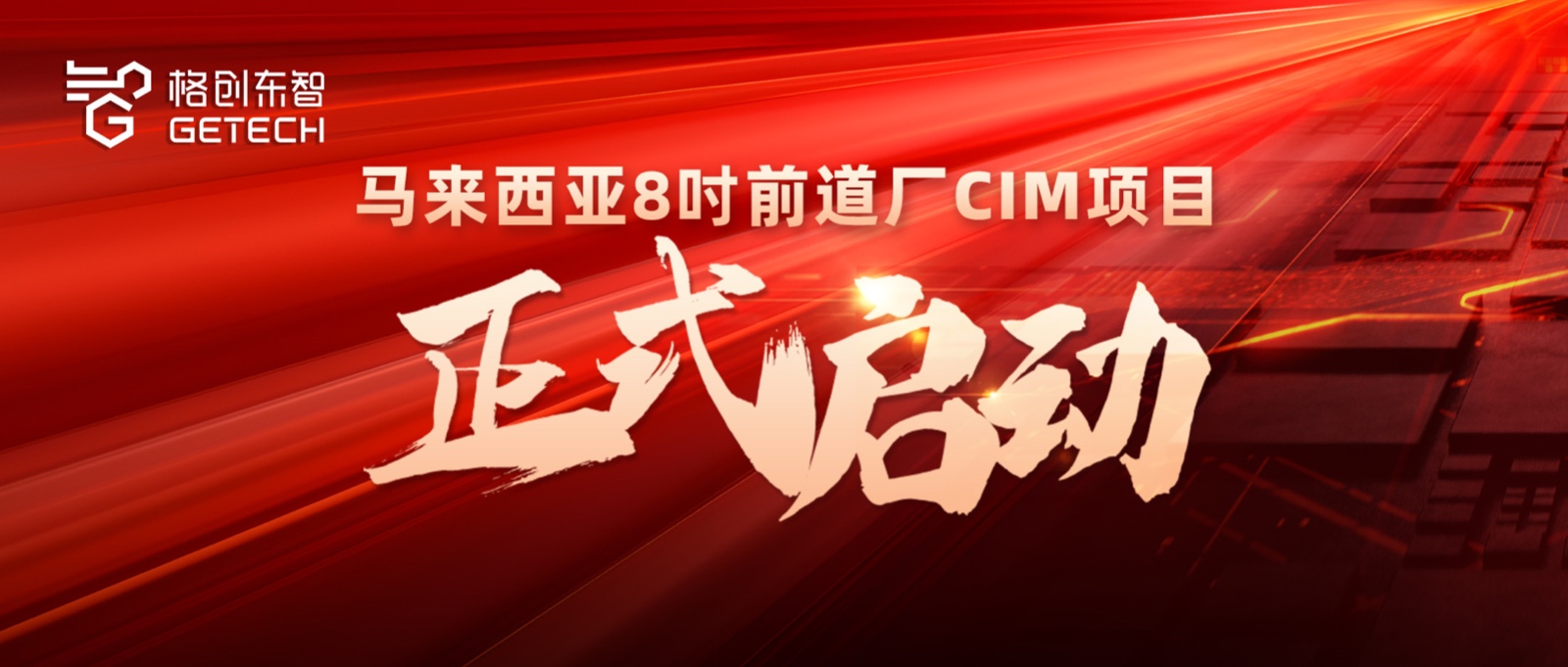Success Stories | GETECH QMS Helps Leading IC Design Company Write a New Chapter in Quality Digitalization



Lack of overall planning and design
Business processes lack adaptive changes
Offline standards and online execution lack benchmarking management
Data interaction with suppliers relies more on offline methods
Quality data lacks unified standards and is scattered across various peripheral systems, unable to meet the overall requirements of the enterprise for quality digitalization

1) Through quality digital business consulting, achieve overall planning from quality management strategy to quality digitalization;
2) Align business-involved responsible departments, re-sort, simplify, and integrate all management-type business processes, and standardize them into controlled documents. For example, processes and forms such as MRB review and supplier audit are business-bound with the DCC system to ensure the consistency of document versions with current standards;
3) Build a supplier interaction platform, unify management standards and processes with suppliers. For example, business processes such as supplier basic data collection, supplier audit, supplier performance evaluation, OPL, etc., are pushed from the enterprise internal to the supplier interaction platform to achieve an end-to-end business management model. At the same time, conduct full-process online management of supplier quality, jointly improving quality management levels with suppliers;
4) Integrate quality issues arising from the entire process of incoming inspection, wafer foundry, packaging and testing, and downstream finished product shipment, build a unified problem management closed-loop model and failure library, apply similar successful experiences throughout the product process, and provide strong system support for the enterprise's 'zero' customer complaint management goal;
5) Align enterprise IT and peripheral systems, break down system barriers in business processes, re-sort scattered quality data, build quality data standards, and uniformly incorporate relevant quality data into QMS system management. Linkage scenarios include: CSR and product control linkage, abnormal handling and inventory HOLD, WIP HOLD, product recall linkage, etc.


Work efficiency improved by 60%
By establishing a quality database, the QMS system automatically generates relevant reports, such as PPAP reports, OQC reports, etc., which customers can download on demand; it can also directly integrate with email interfaces to periodically push emails to customers, improving work efficiency.
Management level improved by 40%. Establish a unified, standardized, and standardized problem closed-loop verification process, including incoming material defects, process abnormalities, customer complaint feedback, audit findings, MRB, etc.; at the same time, by building a supplier portal, achieve online real-time interaction with suppliers, align supplier-related data, and enhance the ability to control suppliers and products.
Customer satisfaction increased by 20%. By digitizing and visualizing information such as user special requirements, customer audits, change management, etc., during customer audits, directly display relevant content intuitively through the system, improving customer satisfaction.





